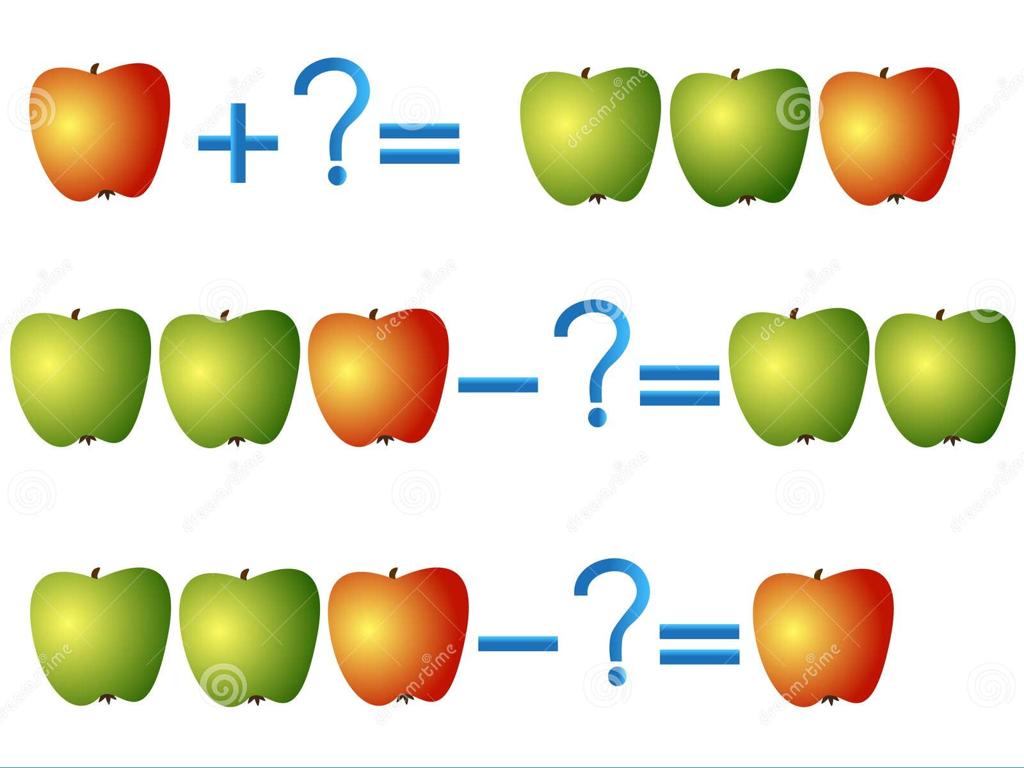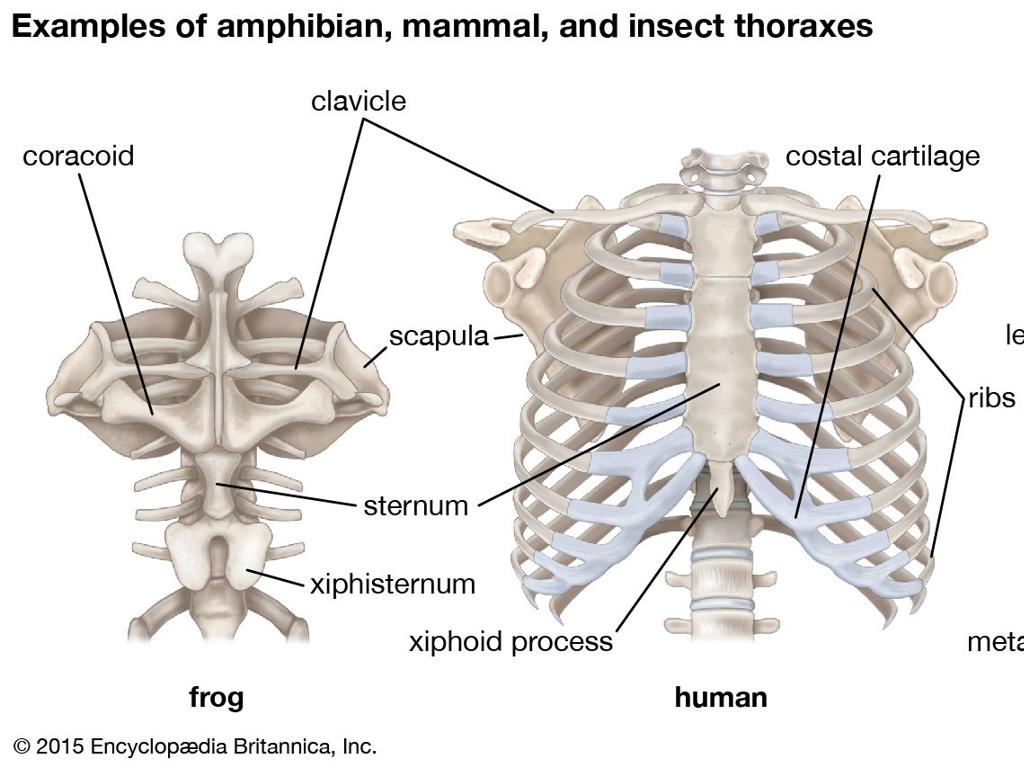Find The Perimeter Of Rectangles Using Formulas
Subject: Math
Grade: Fourth grade
Topic: Perimeter
Please LOG IN to download the presentation. Access is available to registered users only.
View More Content
Welcome to Perimeter: Rectangles
– Perimeter: border measurement
– It’s like measuring the fence around a yard.
– Rectangle: 4-sided shape
– Two longer sides (length) and two shorter (width).
– Formula for rectangle perimeter
– Add up all sides: P = 2(length + width)
– Practice finding perimeters
– We’ll use examples to learn this!
|
This slide introduces the concept of perimeter as a measure of the border around a shape, using the analogy of a fence around a yard to make it relatable for fourth graders. It defines a rectangle and sets the goal of learning how to calculate its perimeter using a simple formula. Emphasize that a rectangle has two pairs of equal sides, and the formula for finding the perimeter is to double the sum of the length and width. Provide several examples with different lengths and widths for the students to practice and reinforce the concept. Encourage students to ask questions if they’re unsure about how to apply the formula.
Exploring Perimeter: Rectangles
– Perimeter: distance around a shape
– Perimeter’s usefulness
– Helps in planning space and materials
– Example: Fencing a garden
– If your garden is 5m by 3m, how much fencing do you need?
– Calculating rectangle perimeter
– Add all sides: Perimeter = 2(length + width)
|
Begin by explaining the concept of perimeter as the total distance around the edge of a shape. Emphasize its practicality in everyday situations, such as determining the amount of fencing needed for a garden. Use a real-life example to illustrate this point, asking students to imagine they have a garden with given dimensions and they need to figure out the total length of the fence required to surround it. Teach them the formula for finding the perimeter of a rectangle, which is twice the sum of its length and width. Encourage students to practice this formula with different rectangular shapes they encounter in their daily lives.
Exploring Rectangles and Perimeter
– A rectangle has four sides
– Opposite sides are equal
– If one side is 5 cm, the opposite is also 5 cm
– Sides labeled as length (l) and width (w)
– Length is the longer side, width is the shorter
– Perimeter formula: P = 2l + 2w
– Add up all sides to find the total distance around
|
This slide introduces students to the basic properties of rectangles, which is foundational for understanding how to calculate the perimeter. Emphasize that rectangles have four sides with opposite sides being equal in length. This is important when using the formula to find the perimeter (P), which is the total distance around the rectangle. The formula P = 2l + 2w is derived from adding the lengths of all sides, where l represents the length and w represents the width. Use examples to illustrate how to apply the formula, such as a rectangle with a length of 8 cm and width of 3 cm, resulting in a perimeter of 22 cm (2*8 + 2*3). Encourage students to practice with different length and width measurements to reinforce the concept.
Calculating Rectangle Perimeters
– Perimeter formula: P = 2(l + w)
– Breaking down the formula
– l is length, w is width, add them and multiply by 2
– Example: l=5 units, w=3 units
– For our rectangle, l + w is 5 + 3
– Calculate the perimeter
– Multiply 2 by the sum (5 + 3) to find the perimeter
|
This slide introduces the formula for calculating the perimeter of a rectangle, which is an important concept in geometry for fourth graders. The formula P = 2(l + w) is explained step by step. ‘l’ stands for length and ‘w’ stands for width. Students are shown how to add the length and width together and then multiply by 2 to find the perimeter. The example provided uses a rectangle with a length of 5 units and a width of 3 units to give a concrete understanding of the formula in action. The students will calculate the perimeter as 2(5 + 3) = 16 units. Encourage the students to practice with different lengths and widths to become comfortable with the formula.
Finding Perimeter: Practice Problem
– Perimeter of a rectangle formula
– P = 2(l + w) helps us find the total distance around the rectangle
– Given: length (l) = 8 units, width (w) = 4 units
– Our rectangle’s sides are 8 units long and 4 units wide
– Apply formula: P = 2(l + w)
– Substitute values: P = 2(8 units + 4 units)
– Let’s solve it step by step!
– Calculate: P = 2(12 units) = 24 units
|
This slide is a guided practice problem to help students apply the formula for finding the perimeter of a rectangle. Start by reviewing the formula P = 2(l + w) and explain that ‘l’ stands for length and ‘w’ stands for width. Use the given dimensions to substitute into the formula and solve it together. Emphasize the importance of unit consistency and double-checking work. This exercise will reinforce their understanding of the concept and prepare them for solving similar problems independently. Encourage students to ask questions if they’re unsure about any step.
Let’s Practice Finding Perimeters!
– Pair up for practice problems
– Use the formula: P=2(l+w)
– P is perimeter, l is length, w is width
– Find the perimeter of rectangles
– Add all sides or use formula for quick results
– Share your answers with the class
|
This slide is designed for a class activity where students will apply their knowledge of finding the perimeter of rectangles using the formula P=2(l+w). Students should work in pairs to encourage collaboration. Provide a set of practice problems with different lengths and widths for the rectangles. Remind students that the perimeter is the total distance around the rectangle and can be found by adding all sides or using the formula for efficiency. After completing the problems, students will share their answers with the class to reinforce their understanding and to practice their presentation skills. Possible activities include: creating rectangles with string, drawing them on graph paper, using tiles to build rectangle perimeters, or even using a computer program to simulate different rectangles.
Class Activity: Create Your Own Rectangle
– Draw a rectangle on grid paper
– Label sides with lengths and widths
– Calculate perimeter with formula
– Add up all the sides: Perimeter = 2(length + width)
– Share your rectangle in class
|
This activity is designed to help students understand the concept of perimeter by creating their own rectangles. Provide each student with grid paper and ask them to draw a rectangle of any size. They should then label the sides of their rectangles with lengths and widths. Guide them to use the formula for finding the perimeter of a rectangle, which is the sum of all its sides, or twice the sum of its length and width. Once they have calculated the perimeter, have students share their rectangles and perimeters with the class. This will allow them to see how rectangles of different sizes have different perimeters. Encourage students to explain their process and how they applied the formula. This hands-on activity not only reinforces the concept of perimeter but also allows for creativity and peer learning.
Perimeter Review & Questions
– Recap: Finding rectangle perimeter
– Perimeter is the total distance around a rectangle, add all sides.
– Understanding perimeter importance
– Perimeter helps in real-life, like fencing a garden.
– Open floor for student questions
– Summarize today’s key points
– Review the formula P=2(l+w) and solve example problems together.
|
This slide aims to consolidate the day’s learning about calculating the perimeter of rectangles. Start by reviewing the formula for finding the perimeter (P=2(l+w), where l is length and w is width) and go over a couple of example problems. Discuss the practical applications of understanding perimeter, such as determining the amount of material needed for a fence. Encourage students to ask questions about any part of the lesson they might not understand. This is also a good time to correct any misconceptions and to reinforce the day’s learning objectives. Conclude by summarizing the key points to ensure students are clear on the concept of perimeter.
Homework Challenge: Exploring Perimeters
– Measure objects at home
– Calculate each perimeter
– Add all sides to find the total distance around
– Draw and label your findings
– Include length and width on your drawing
– Discuss results in class
|
This homework activity is designed to reinforce the concept of perimeter in a practical, hands-on way. Students are tasked with finding objects around their home, such as picture frames or tabletops, which they can measure. They should use a ruler or tape measure to find the length and width, then apply the formula for the perimeter of a rectangle (P = 2l + 2w) to calculate the total distance around each object. Encourage them to draw their objects, clearly labeling the length and width, and to write the calculated perimeter on their drawings. This will help them visualize the concept. In the next class, have a discussion where students can share their findings, compare results, and reflect on the activity. This will help them understand how math is used in everyday life and allow them to practice their presentation skills.






